RISK MANAGEMENT
Internal Audit
-
Systematic Evaluation: We thoroughly evaluate internal processes, controls, and risk management strategies to ensure they are functioning properly and meet regulatory requirements.
-
Control Effectiveness: Evaluate the ability of internal controls to detect and prevent errors, fraud, or noncompliance. This include examining control procedures, monitoring systems, and testing transactions.
-
Process Improvement: Identify areas for improvement in internal processes in order to increase efficiency, decrease risks, and comply with best practices. Recommendations are provided to optimize control mechanisms and operational procedures.
Internal Audit Transformation
- Process Optimization: We examine current internal audit procedures and apply improvements to increase efficiency, remove redundancies, and assure comprehensive risk coverage.
- Technology Integration: Use sophisticated technologies like data analytics, automation, and artificial intelligence to modernize the audit function and improve accuracy and efficiency.
- Strategic Restructure: Evaluate and restructure internal audit strategies to better line with the organization's goals, risk landscape, and industry standards. This could include revising audit scopes, procedures, and reporting systems.
Enterprises Risk Management
- Integrated Framework: Create and implement a comprehensive ERM framework for identifying, assessing, and managing risks throughout the enterprise. This paradigm links risk management with strategic objectives and business processes.
- Risk Identification and Assessment: Systematically identify and assess risks that may have an influence on the organization's objectives, such as financial, operational, strategic, and compliance issues
- Risk Response and Monitoring: Develop and implement risk response plans to reduce identified risks. Continuously assess risk exposure and the efficacy of risk management techniques, changing as necessary.
Risk and Control Registers
- Risk Registers: Establish and keep up-to-date comprehensive risk registers that list all known hazards, possible effects, and mitigating mechanisms. Effective risk management and internal auditing depend on these registers.
- Internal Controls: Create and keep up control registers that list the measures used to manage risks and guarantee that laws and regulations are followed. These registers are useful for monitoring the efficacy of controls and pinpointing areas in need of development.
- Reviews of ICFR: Review internal controls over financial reporting (ICFR) to make that the measures are in place and functioning properly to stop significant misstatements.
Process Designing and Documentation
- Process Development: Create Standard Operating Procedures (SOPs) by designing and writing them to record workflows, best practices, and procedures for important business operations. This guarantees uniformity, effectiveness, and adherence throughout the entire establishment.
- Process Optimization: To increase productivity overall, cut waste, and improve efficiency, review and optimize current processes. This could entail applying best practices, removing bottlenecks, and optimizing workflows.
- Documentation and Training: To guarantee that staff members comprehend and follow SOPs, prepare thorough documentation and offer training. This will promote a culture of compliance and ongoing development.
SOX/JSOX Reviews - Design and Testing
- Design and Implementation: Help companies create and put into place controls that satisfy the criteria of the Japanese equivalent (JSOX) or the Sarbanes-Oxley Act (SOX). This include creating control frameworks, recording procedures, and making sure that rules are followed.
- Testing for Effectiveness: Assess the performance of internal controls aimed at guaranteeing the precision and dependability of financial reporting. Determine where controls are weak and suggest improvements to improve control efficiency.
IFC/ICFR in India
- Design and Development: Create internal controls over financial reporting (ICFR) and internal financial controls (IFC) in accordance with the Companies Act of 2013. To do this, control structures that handle financial reporting risks and guarantee legal compliance must be established.
- Effectiveness Testing: Verify that the IFC and ICFR are operating as intended and offering a fair level of assurance regarding the correctness and dependability of financial statements by testing their design and operational effectiveness. Determine and fix any flaws or shortcomings in the control system.
